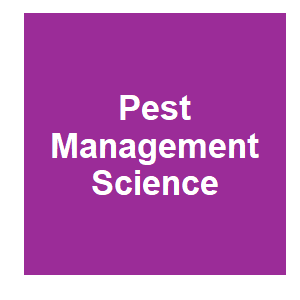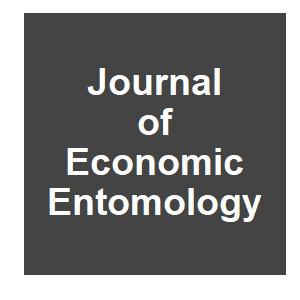
Keywords: moths

|
Side effects of X-ray irradiation on flight ability of Cydia pomonella mothHuang, S.-W., Zhang, J.-H., Wei, Z.-H., Yang, X.-M., Wang, X.-Y. and Yang, X.-Q., Pest Management Science, 2023.
The sterile insect technique (SIT) has proven to be an effective approach in managing the population of major invasive pests Our previous studies showed that irradiation of males at a dosage of 366 Gy X-rays resulted in complete sterility. However, the mating competitiveness of ... Keywords: irradiation, mass rearing, moths, Navel orangeworm, Sterile Insect Technique sterile insect technique |

|
Evaluating Flight Performance of Mass-Reared and Irradiated Navel Orangeworm (Lepidoptera: Pyralidae) for Sterile Insect TechniqueJ. Reger, J. A. Wenger, G. Brar, C. Burks and H. Wilson, Journal of Economic Entomology, 2021.
Navel orangeworm (Pyralidae: Amyelois transitella) is a key pest of almonds and pistachios in California. Moths directly infest nuts which leads to reduced crop yield and quality, and infestation can predispose nuts to fungal pathogens that produce aflatoxins. While several ... Keywords: irradiation, mass rearing, moths, Navel orangeworm, Sterile Insect Technique sterile insect technique |

Contact
David O’Brochta
Foundation for the
National Institutes of Health
geneconvenevi@fnih.org
RSS

